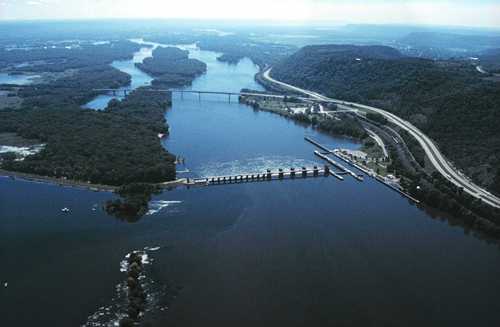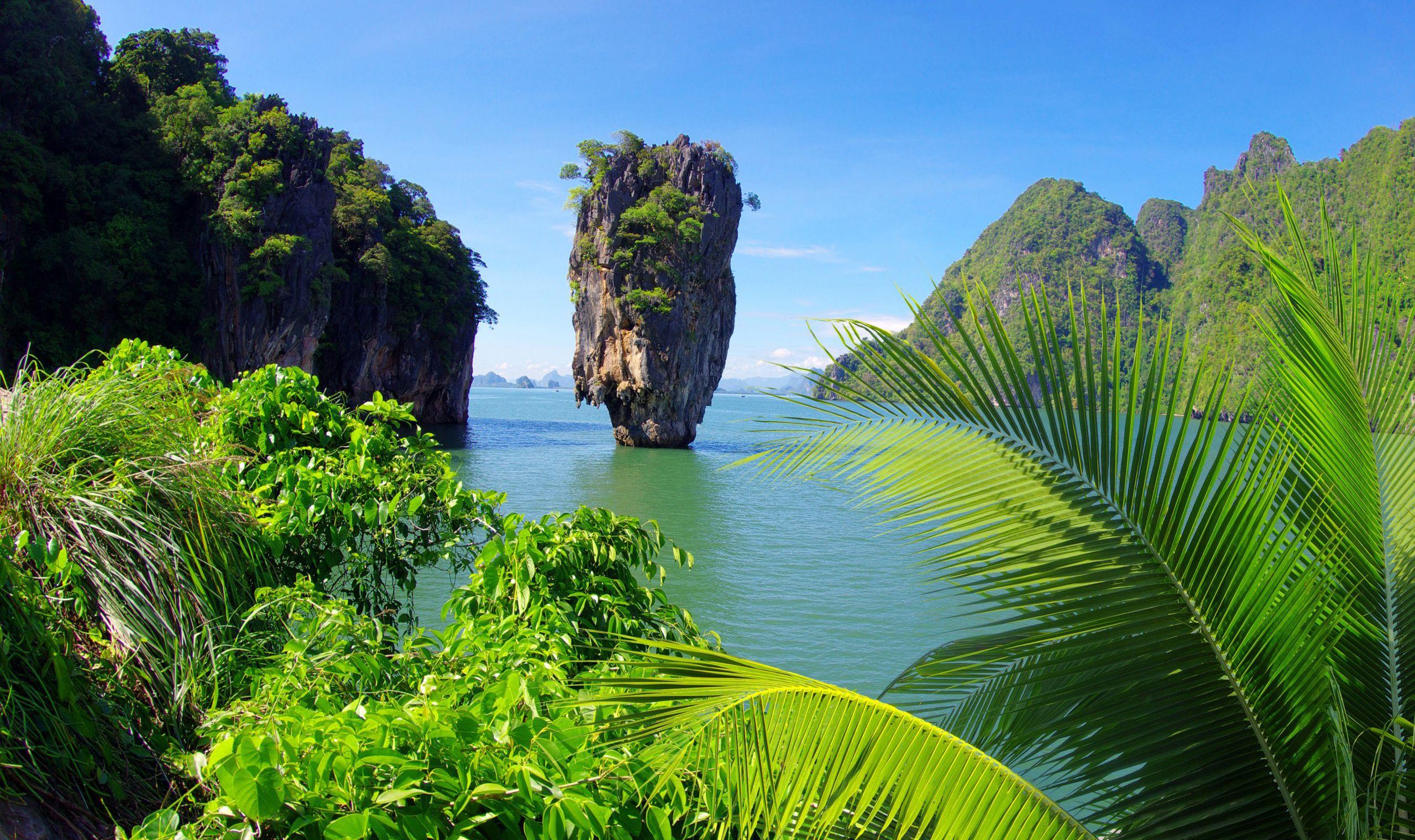The Mississippi River, often colloquially referred to as “the Big Muddy,” meanders through the heart of America, embodying a rich tapestry of history, culture, and natural splendor. Stretching over 2,300 miles from its source at Lake Itasca in Minnesota to its mouth at the Gulf of Mexico, it serves as a vital artery for the entire nation. The river’s allure lies not only in its immense size but also in the myriad of fascinating facts that make it a true liquid legend. Here are some intriguing aspects that account for its enduring captivation.
1. The Length and Strength of the Mississippi
The Mississippi River is the second-longest river in North America, rivaled only by the Missouri River when considering tributary systems. Its watershed, which includes parts of 32 U.S. states and two Canadian provinces, covers a staggering 1.2 million square miles. This vast reach contributes significantly to its formidable strength, enabling it to carry an astonishing amount of sediment and water—estimates suggest approximately 593,000 cubic feet per second at its peak flow.
2. The Historical Significance
Historically, the Mississippi has been pivotal for commerce and transportation. Budding civilizations sprang up along its banks, with Native American tribes establishing flourishing trade routes long before European settlers arrived. The river served as a natural highway; in the 19th century, it became the backbone of the American economy, facilitating the transport of goods such as cotton, sugar, and timber. The famous steamboats of the era transformed river travel, granting access to remote areas and stimulating regional economies.
3. Biodiversity and Habitats
The Mississippi River is not merely a thoroughfare for trade; it’s a sanctuary for biodiversity. More than 260 species of fish, 50 species of mammals, and countless birds inhabit its various ecosystems. Significant efforts are ongoing to preserve and restore these habitats, particularly vital wetlands, which serve to filter water, provide wildlife habitats, and protect against flooding. The rich array of life invites not only ecological study but also eco-tourism, showcasing the river’s natural opulence.
4. Literary and Cultural Influence
The Mississippi River has inspired countless literary and artistic works, garnering representation in the writings of Mark Twain, William Faulkner, and numerous songs by legendary musicians. The river embodies a duality: it is both a provider and a taker, encapsulating the complexity of American life and psyche. It has symbolized freedom, struggle, and the essence of the American spirit, each portrayal offering profound insights into the country’s cultural narrative.
5. Geological Marvels
The very formation of the Mississippi River is a geological wonder. Scientists speculate its existence dates back around 12,000 years, sculpted through a series of dynamic geological events, including glacial movements and sedimentary processes. Features such as the river’s meanders and oxbow lakes showcase nature’s artistry, encapsulating a stunning visual history of earth’s evolution. The river continually reshapes itself, attesting to the relentless power of nature.
6. Flood Control and Engineering Feats
The Mississippi has a long history of severe flooding, leading to major disasters, most notably the Great Mississippi Flood of 1927. In response to these catastrophic events, extensive flood control measures have been implemented, including levees, floodways, and reservoirs. The engineering complexity required to manage this mighty river is staggering; it exemplifies humanity’s struggle against nature while highlighting the delicate balance between development and environmental stewardship.
7. The Cultural Crossroads
As the river flows southward, it wends through a diverse tapestry of cultural landscapes. The Mississippi embodies a melting pot of influences, where traditions and customs converge from various regions. Cities like New Orleans illustrate this amalgam, blending culinary flavors, music genres, and festivals. Jazz, blues, and the famous Mardi Gras encapsulate the cultural richness of the river, fostering a unique identity that captivates both residents and visitors.
8. Environmental Challenges
Despite its beauty, the Mississippi River faces numerous environmental challenges. Pollution from agricultural runoff, industrial waste, and urbanization has significantly impacted its ecosystems. Climate change threatens to exacerbate these issues, leading to altered water flow patterns, increased flooding, and heightened salinity levels in delta waters. Conservation efforts and advocacy for sustainable practices are vital for preserving the river’s health and ensuring its legendary status continues for generations to come.
9. The River as a Boundless Resource
Beyond its mesmerizing vistas, the Mississippi serves as a crucial resource for drinking water, irrigation, and recreation. Over 18 million Americans rely on its waters for their daily needs. Recreational activities abound, from kayaking to fishing, drawing millions of visitors each year who seek both adventure and tranquility. The river not only enriches lives but also galvanizes local economies through tourism, supporting businesses from supply shops to guided tours.
10. The Mississippi River Today
Today, the Mississippi River stands as a testament to environmental resilience amidst human activity. The ongoing balance between development, conservation, and cultural heritage illustrates its importance in contemporary society. Restoration projects and educational initiatives strive to enhance public awareness regarding the river’s ecological significance. Efforts to engage communities in stewardship initiatives underscore the river’s role as a shared national treasure, fostering a collective responsibility to protect this liquid legend for future generations.
In summary, the Mississippi River is more than just a geographical feature; it is a living entity steeped in history, culture, and environmental significance. Its long-standing connection to the American narrative inspires fascination, underscoring the need to honor and preserve its legacy. As we continue to explore and understand this robust waterway, we also unveil deeper insights into the very essence of America itself.










